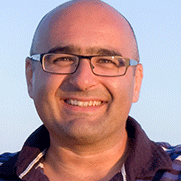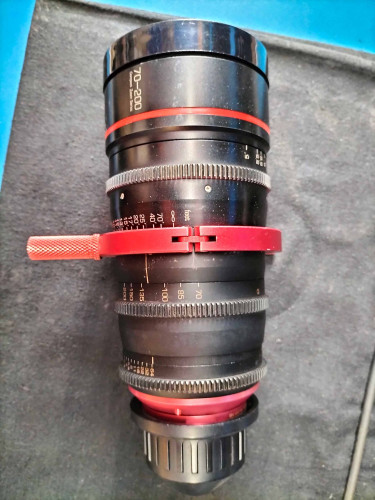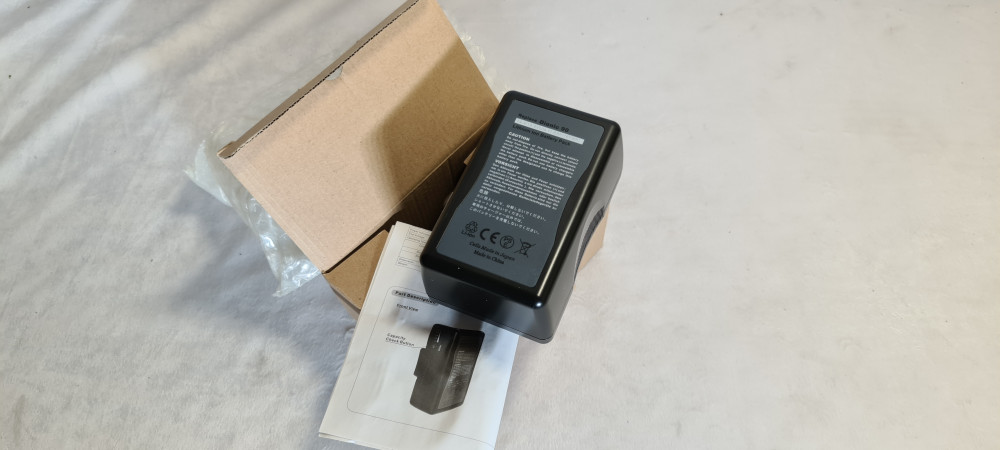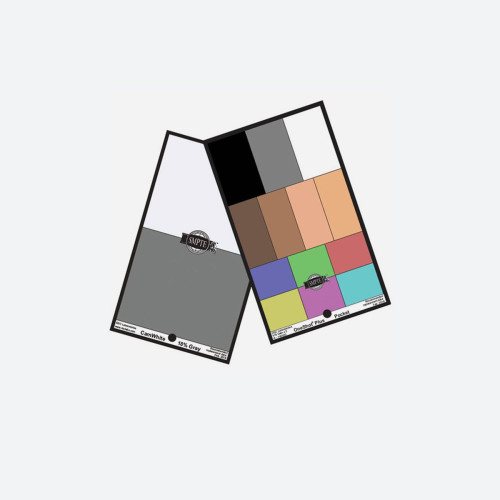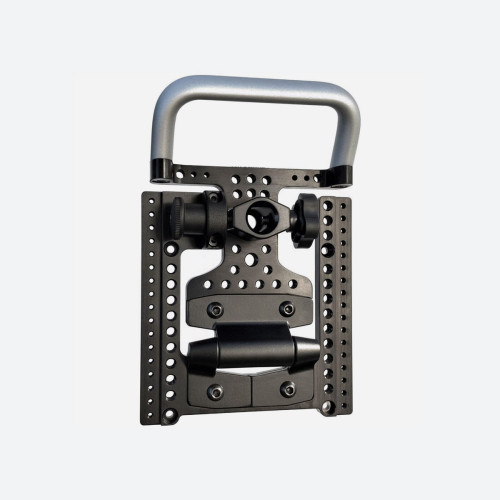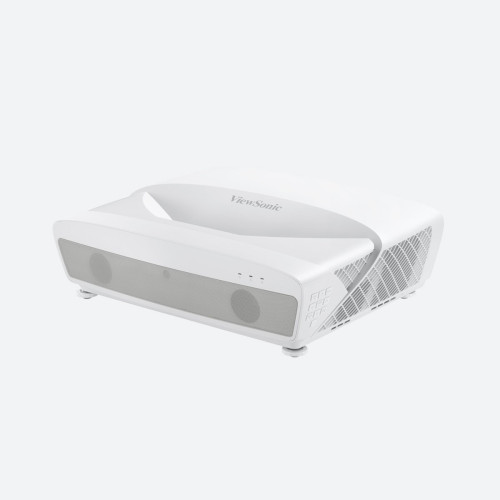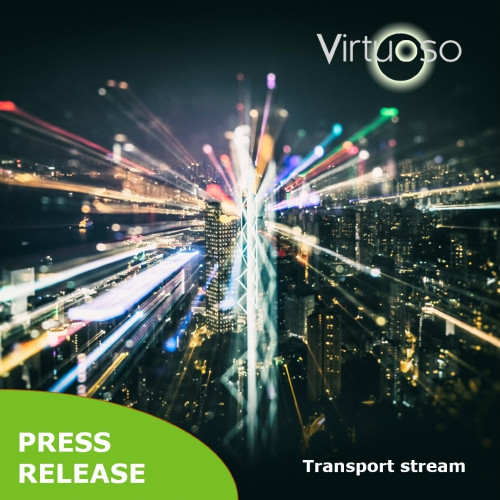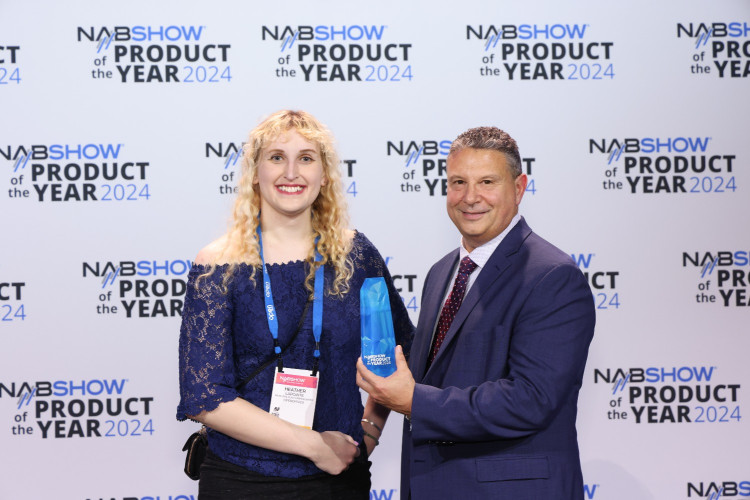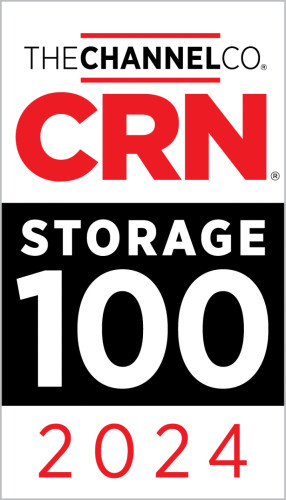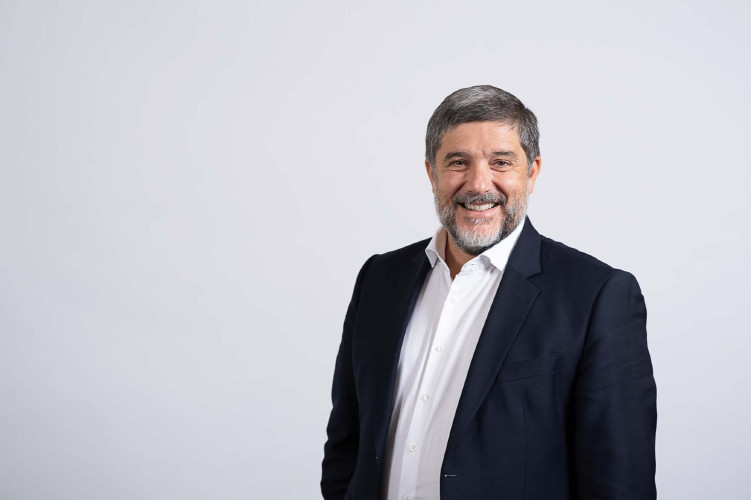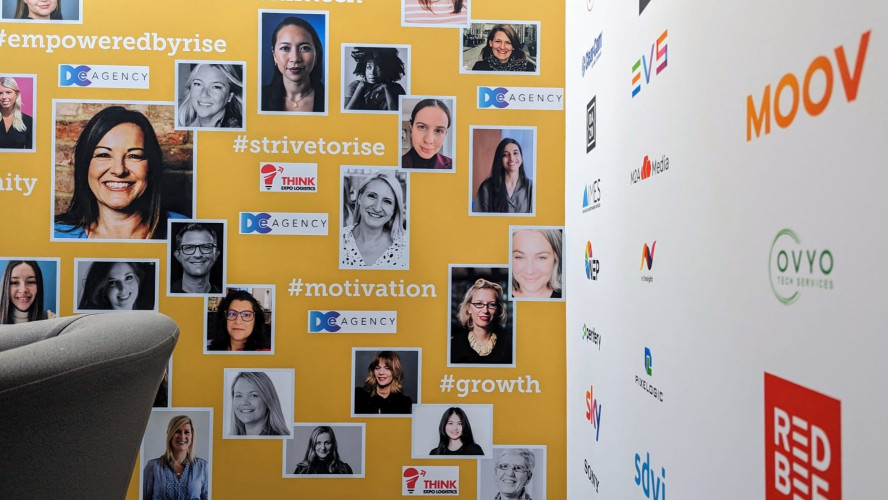- Why are digital media networks becoming more and more important?
For two main reasons. First, if designed properly, they allow plant communications infrastructure to be used for multiple purposes: the same “pipe” can carry audio, video, control, and other needed signals. This reduces costs of materials and installation. Second, if designed to public standards, media networks allow customers to select equipment based on features and value, rather than confining them to proprietary closed solutions from single vendors.
- A lot of users shy away from building a media network – they think the technology is too complex. What would you tell these sceptics?
Today, three factors are making networks easier to install and own. The first is that users are becoming more and more familiar with networking technology. Ten years ago, very few people would have understood the concepts of DHCP, TCP/IP, wireless routers, and so on. Now, most people have been exposed to these concepts to some degree, even if only through their home Wi-Fi and entertainment systems. Secondly, suppliers of the common hardware such as switches and routers have made great strides in making basic network infrastructure “plug and play”. Thirdly, the availability of trained network professionals is much greater than before, thanks mainly to high-quality network technology training programs available from the computing industry.
- What is OMNEO exactly?
OMNEO is a Bosch media network architecture that combines signal transport and system control standards to form a complete media network solution that allows multichannel audio distribution and full remote control and monitoring for connected devices.
- What makes OMNEO unique?
OMNEO is the only open standards based media network architecture in the world that supports the entire range of professional applications, from the smallest to the largest, with full signal transport and remote control capability, and with reliability sufficient for mission-critical applications.
Other architectures address aspects of these challenges, but only OMNEO addresses them all in an integrated offering. We believe that OMNEO is unique in offering a strategic, future-proof media networking solution that retains the ease of use that people have come to expect from Ethernet networks. Other existing systems are based on Ethernet layer 2 and are confined to single sub-nets. OMNEO is fully layer 3 TCP/IP compliant and can span multiple sub-nets across wide areas.
- For whom is OMNEO suitable?
OMNEO is suitable for any professional audio networking application. If offers very low latency (< 2 msec typical), high-resolution audio, (uncompressed 48 kHz / 24 bit), and precise synchronization (< 1 Sec error) tomeet current professional standards. The design supports sample rate expansion to 96 kHz, and, for lower quality applications, bandwidth reduction tools that increase channel capacity. OMNEO is designed for networks of 2 to 10,000 nodes, with physical network diameters ranging from miniscule to thousands of miles.
- Which solutions does OMNEO offer?
OMNEO is an architecture suitable for signal transport and system control in today's media networks. OMNEO is the common networking architecture for all other Bosch Communications brands – Telex, Electro-Voice, DYNACORD, Bosch Public Address, and Bosch Conference Systems. OMNEO-based products will be offered by these brands on various schedules in 2013 and beyond.
- Which advantages does the use of an open public standard technology offer?
Open public standards ultimately provide the best value for the customer. Firstly, by allowing interoperation of equipment from multiple companies, open standards allow customers to purchase the equipment they want without being forced to buy from specific product lines or companies. Because of this, the competition between manufacturers remains keen, and purchasing decisions can be made based on a product’s merits and features rather than “what language it speaks”. Thus, the customer benefits. Secondly, public standards tend to change slowly and remain supported for long times. Thus, the threat of obsolescence is minimized. Finally, under an open standard, the availability of supporting hardware and software components increases. This decreases costs of development and manufacture, resulting ultimately in lower prices to customers.
- What preconditions does an existing system have to fulfil?
For a media network, preconditions will vary depending on the number of signals that need to be carried, the audio quality required, and the particular media network that has been chosen. Bosch’s OMNEO architecture uses standard TCP/IP Ethernet technology, which requires no special hardware and no unusual network expertise, leaving only the question of bandwidth for customers to consider.
- Is OMNEO usable on both DOS and Mac computers?
Manufacturers may choose to implement software that runs on Windows (aka DOS) computers, on Macs, on other kinds of computers, and/or on the tiny control computers inside networked audio devices. Although this software may appear very different from one implementation to another, all the versions will send and receive the same kinds of OMNEO messages through their Ethernet connectors on their back panels.
- Which advantages does OMNEO offer for broadcasters and companies using intercoms?
Choosing an OMNEO solution is a clear and safe overall strategy for media networking services and products in the future. For broadcasters, OMNEO will provide a stable, long-lived network environment for interconnecting devices from Bosch and other companies to form subsystems that smoothly exchange signals and share remote control interfaces. For manufacturers of broadcast equipment (including intercom products), building products that use the same public standards that OMNEO uses will allow those products to participate in a growing world of interoperable equipment, which will lead to sales in various areas where multivendor solutions are required.
- Using a concrete example, please describe the benefit a company would have when using OMNEO.
A concrete example would be the following: Presume that you as a customer have implemented an OMNEO based intercom system. The time comes where you want to bring in a less common signal in some format (TOSLINK, SPDIF or others). It is very likely that a number of audio manufacturers will have embraced OMNEO and offer competing but compatible off the shelf SPDIF to OMNEO I/O boxes. Problem solved. Another example would be that as an open public standard it is likely that multiple “Glue Vendors” will offer embedders, de-embedders, and others for managing the audio portion of HDTV signal streams, simplifying the integration of the intercom.
- Which interfaces does OMNEO offer?
RTS OMNEO intercom enhancements will fit into existing RTS ADAM intercom systems. Those systems already support analogue, AES, MADI, and RVON (VoIP) input/output, and all of those interfaces will be reachable from OMNEO. In the future, additional interfaces will be produced by Bosch and others, which will further extend the reach of OMNEO solutions.
13.A look into the future: In which areas is further development and optimization taking place?
Our current OMNEO work is multifaceted - we're working on various improvements in manageability and configurability, on creating software tools to make deployment and management as easy as possible, on optimizing bandwidth and data rates, on interfaces to other kinds of networks, and on supporting emerging technologies and applications.
14. How modular is OMNEO constructed? Can future technologies be integrated without a problem?
Strictly speaking, OMNEO is a set of protocol definitions, not a physical product. Those definitions are flexible, and will support new kinds of OMNEO devices and controllers gracefully. The OMNEO architecture is specifically designed to be future-proof. The Bosch implementation of OMNEO contains a number of software and hardware elements, some made by Bosch, some made by Audinate. All of these elements are constructed according to Bosch's extremely high quality assurance standards, and will stand the test of time. This modular and standards-based approach will allow OMNEO products to coexist and interoperate with products that may use new technologies for transport, control, or both.



